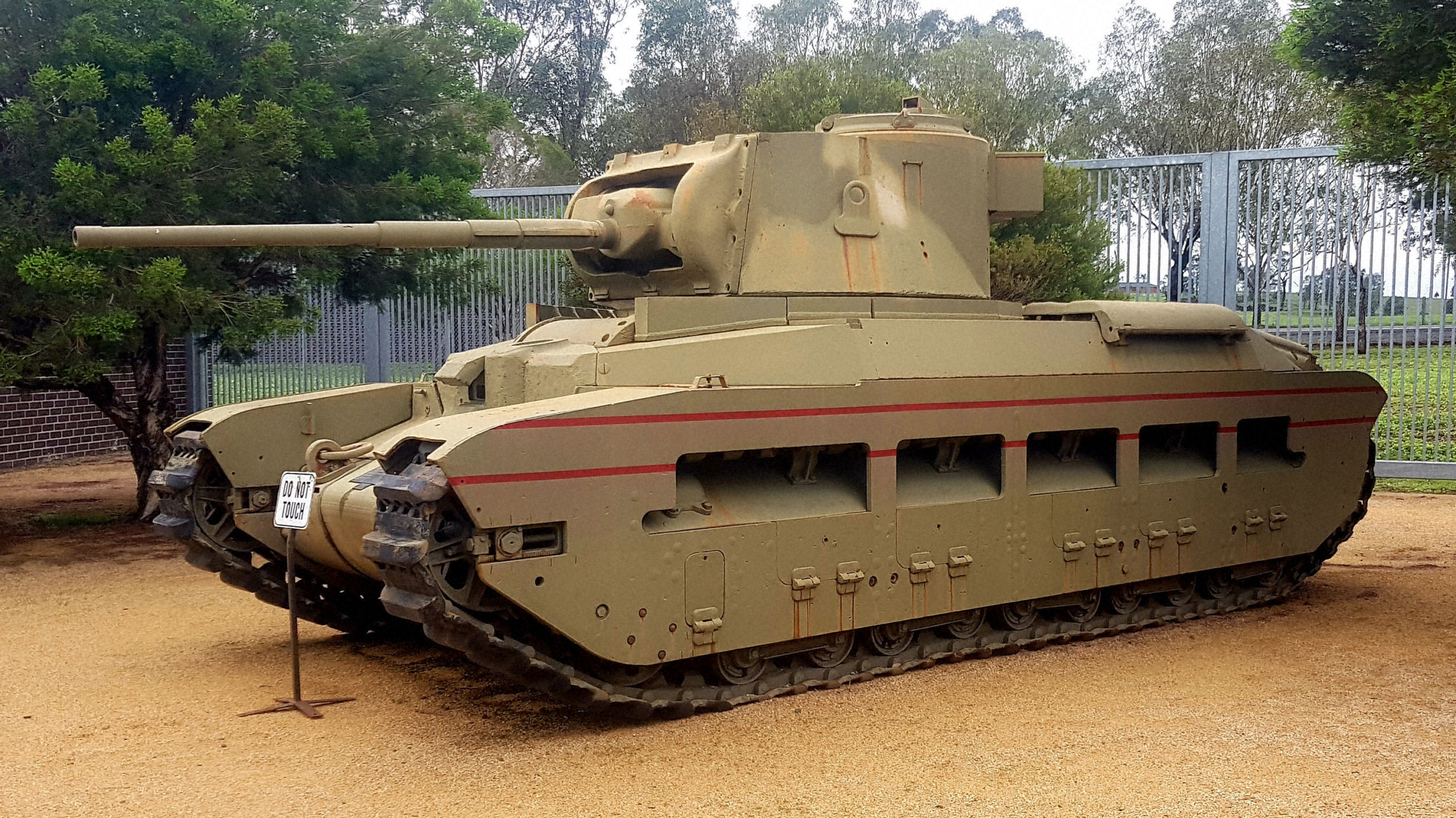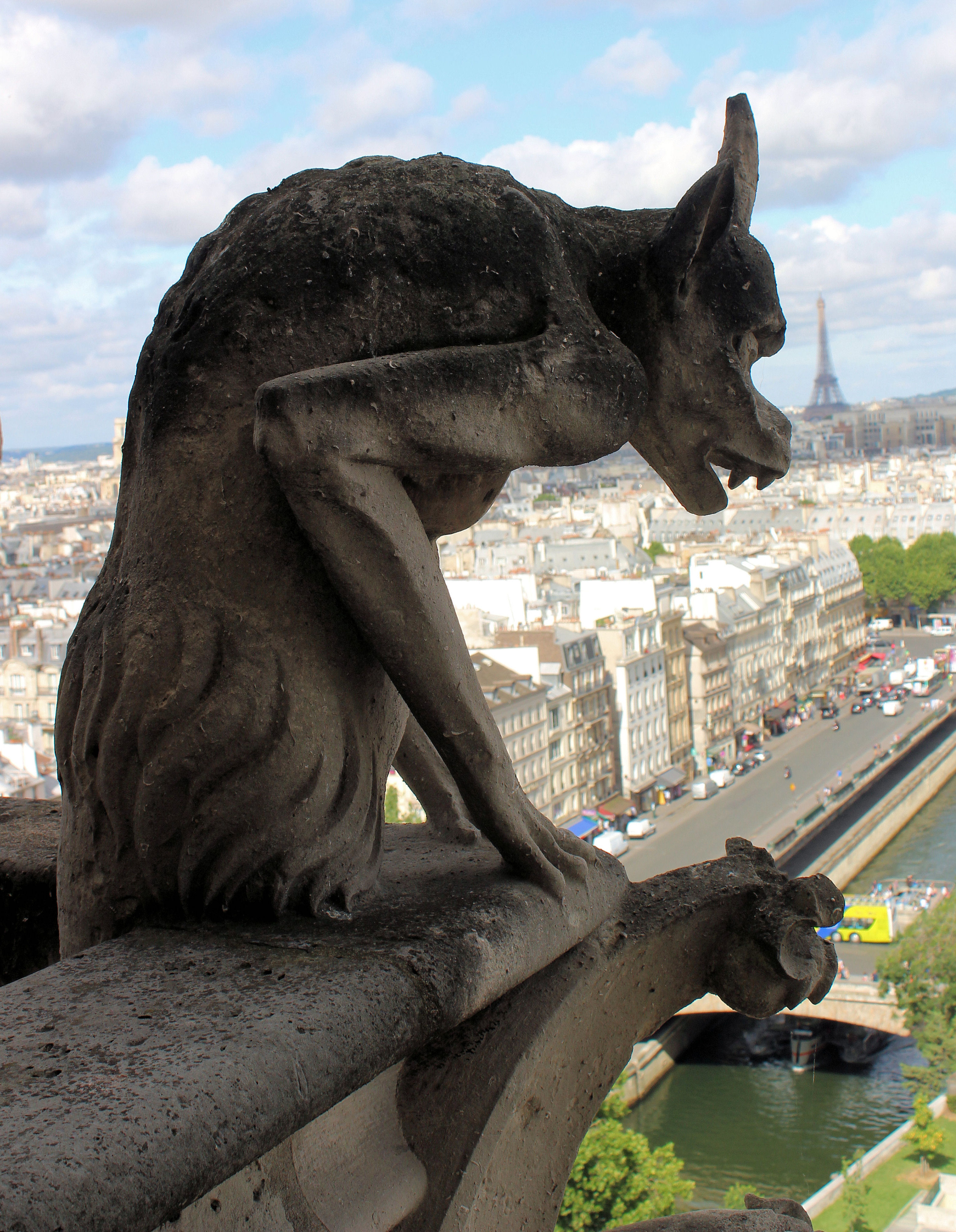Tag: Army Museum
-
Australian Army Infantry Museum

Australian Army Infantry Museum Only a ten-minute drive south of Singleton in the Hunter Valley, the Australian Army Infantry Museum showcases the history of Australia’s infantry men and women from colonial times to the present. Entry is free for Australian Defence Force members, with a modest $8.00 fee for adults (2020) and discounts for children… Read more
-
Nine Days in Paris and Northern France

How Did We Get There? Where Did We Stay? Getting Around The Metro Walking Museum Pass and Skip the Line Organised Trips in and around Paris Organised Trips in and around Paris Paris Catacombs Retro Sidecar Tour of Paris Versailles Champagne Region Mont Saint Michel Normandy and the D-Day Battlefields Loire Valley Chateaux Day Trip… Read more